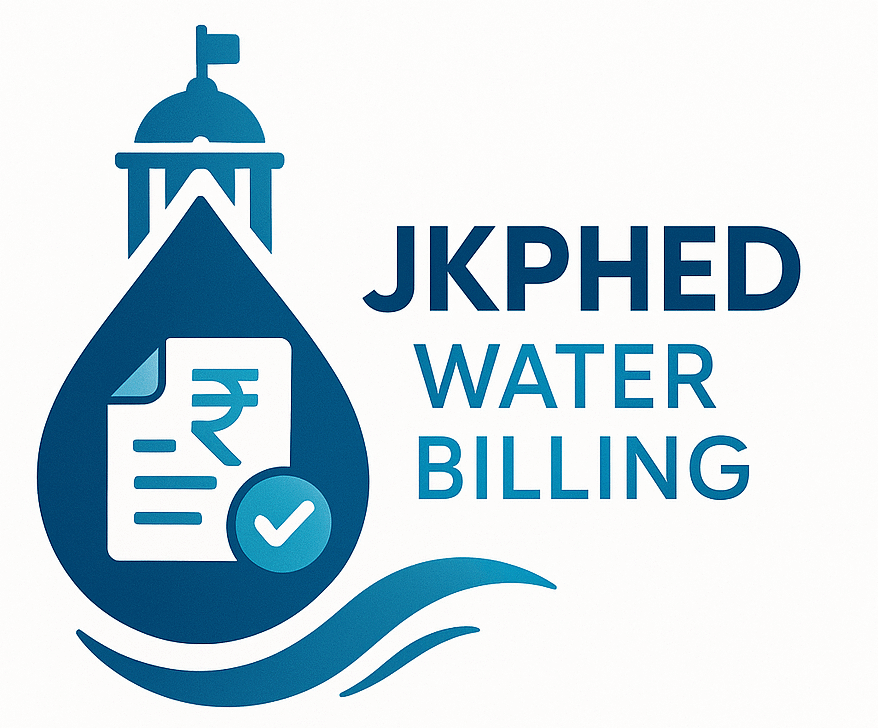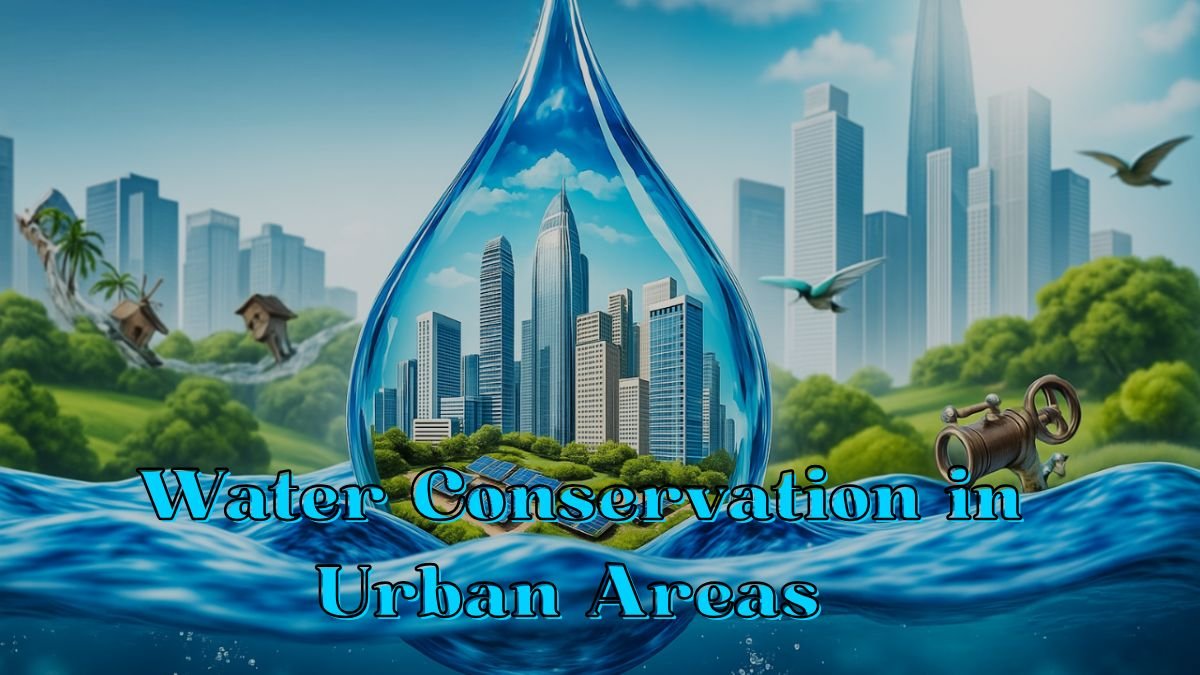Water Conservation in Urban Areas: Have you ever wondered where so much water comes from in cities every day and where does it go? As the population is growing and the weather is changing, the need for water in our cities is also increasing. Drinking, bathing, cooking, cleaning, planting trees – water is necessary everywhere. But do we save water as wisely as we use it?
In this article, we will learn how people and governments can together save water in urban areas. Water conservation means – using water wisely and preventing it from getting wasted. Let us understand some effective and easy techniques in detail.
1. Rainwater Harvesting
When it rains, the water flowing from the roofs often goes straight into the drains and gets wasted. But if we collect this water at one place, it can be used in the house or garden.
How is it done?
- Water is stored in a tank or a large drum by installing pipes on the roof.
- This can later be used for watering plants, flushing toilets or cleaning.
Example
In cities like Delhi or Mumbai where every inch is precious, a middle-class family can save thousands of liters of water every year by installing a 500-liter tank.
Government efforts
Many municipal corporations are now making rainwater harvesting systems mandatory in new houses. This not only saves water, but also improves the drainage of rainwater.
2. Xeriscaping: Beauty with Water Savings
Xeriscaping is a new and smart gardening technique, which is especially beneficial for urban areas. In this, such plants are selected which require very little water.
How is it beneficial?
- Less water is consumed
- Less maintenance
- Stays sustainable in every season
- Promotes biodiversity
Example
In Rajasthan, the boundary of houses and colonies is made from cactus or other drought-tolerant plants. This saves water and also looks beautiful.

3. Smart Irrigation System: Now Irrigation is Also Done Smartly
In today’s era of technology when everything is becoming smart, the way of watering the gardens has also become smart. Smart irrigation systems have sensors that automatically decide the amount of water according to the moisture of the soil and the weather.
What are the benefits?
- There is no wastage of water
- Prevention of over-watering
- Saving both electricity and time
Example
If you install a smart sprinkler system in your home garden, it will automatically turn off when it rains and will give water only when there is drought. This ensures that water is used only when needed.
4. Grey-Water Recycling System: New Use of Old Water
Grey-water, that is, water from the sink, bathroom and washing machine of the house – which we usually consider waste – can also be reused.
Where can it be used?
- Garden irrigation
- Toilet flush
- Cleaning of road or balcony
Benefits
- Saving potable water
- Less pressure on the sewage system
- Less harm to the environment
Investment
It may cost a little initially, but once the system is installed, it saves both water and money in the long run.
5. Role of Residents: Change Can Start from Every Home
Saving water can start from our home. Whether it is closing a small tap or adopting new technology – every small step matters.
Some simple tips
- Get leaky taps fixed immediately
- Bathe with a bucket instead of a shower
- Run your washing machine and dishwasher on full load
- Install dual flush toilets and low-flow shower heads

Power of community
Run awareness campaigns in your neighbourhood about saving water, teach children and inspire each other.
6. Use Water Liners in Ponds and Lakes
Artificial ponds and lakes in cities have now become important for both beauty and environment. But if water keeps leaking from them, they can be expensive and fragile.
What is a water liner?
It is a kind of thick, waterproof layer that is laid at the bottom of the pond or lake so that the water does not seep into the ground.
Benefits
- No wastage of water
- Easy to maintain
- Better environmental balance
- Life-giving for local birds and animals
7. Policy and Planning is Important for Cities
Just awareness of people is not enough, the government and administration also have to make strict rules and plans.
What should be in government policies?
- Rainwater harvesting mandatory in every building
- Subsidy for grey water system
- Promoting xeriscaping
- Penalty on wastage of water
Conclusion: Every Drop of Water is Precious
The need for water conservation in cities is now more than ever. Be it rainwater, grey-water or smart irrigation system – every method prepares us for the future.
If we do not show wisdom today, then in the coming time water can become more expensive than gold.
That is why it is important that we take initiative ourselves and also inspire others.
Are you also ready to start a water conservation initiative in your home and neighborhood?
So bring a change in your home from today itself – because saving water is saving life.

